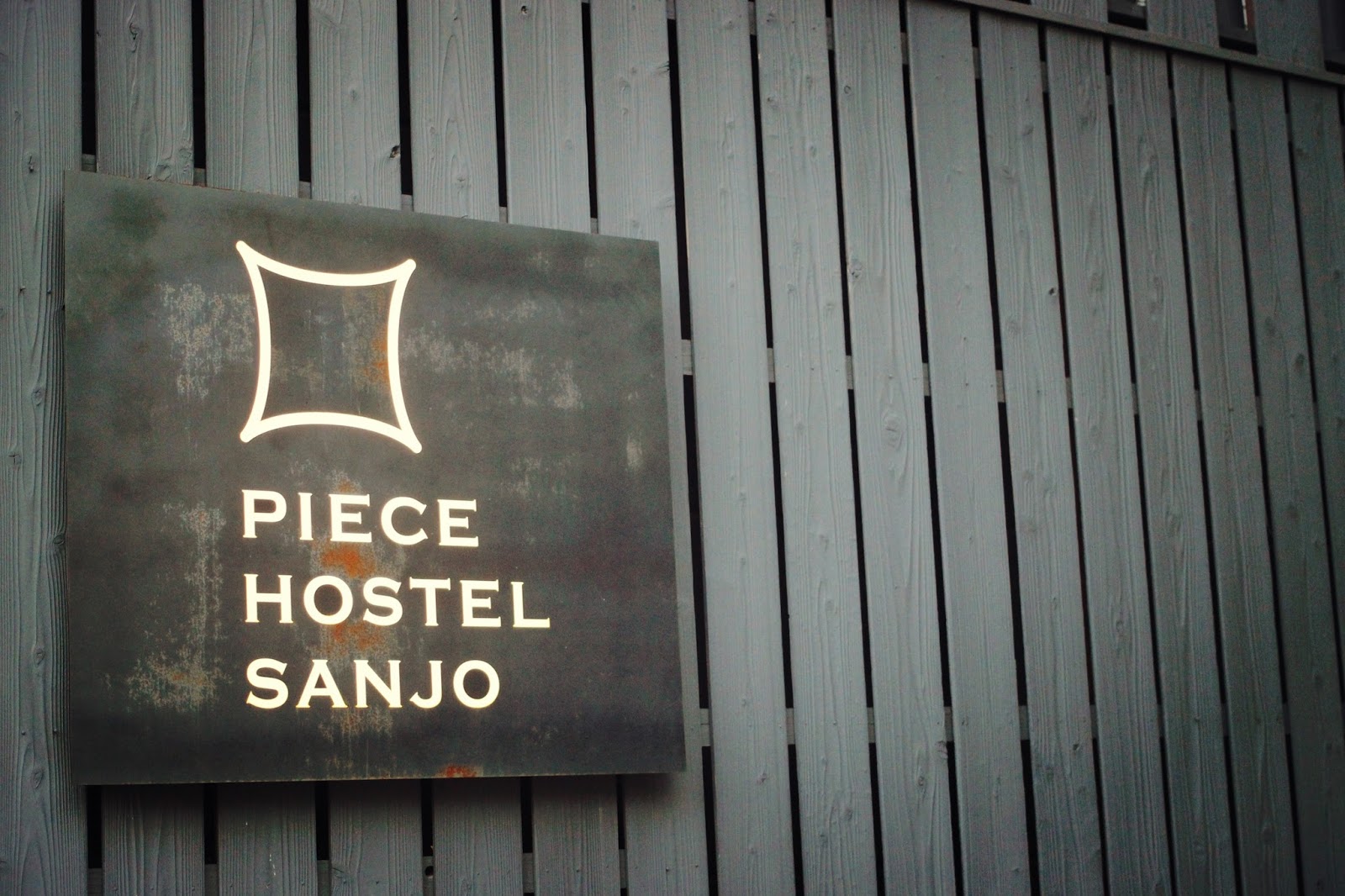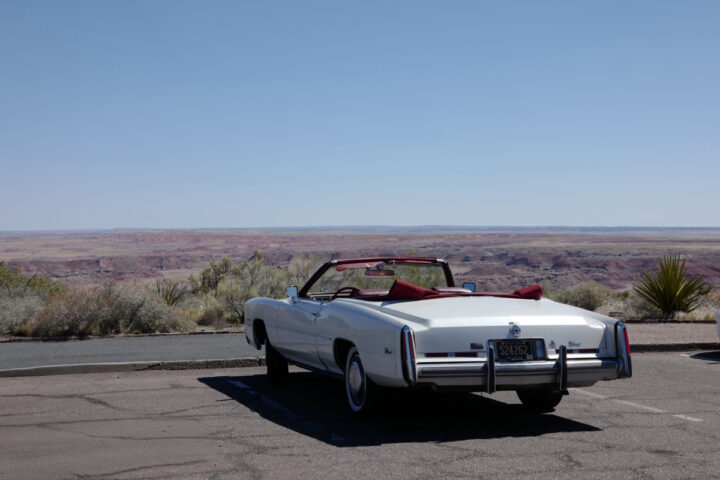During my recent adventure in Kyoto, I had the pleasure of staying at Piece Hostel Sanjo, a modern and stylish accommodation that redefines the hostel experience. Located in the heart of Kyoto, this hostel offers both private rooms and dormitories, catering to a variety of travelers. The rooms are fresh, well-designed, and impeccably clean, with options for private and family rooms, as well as 4-10-person dormitories with bunk boxes. For female travelers seeking additional privacy, all-female dormitories are also available.
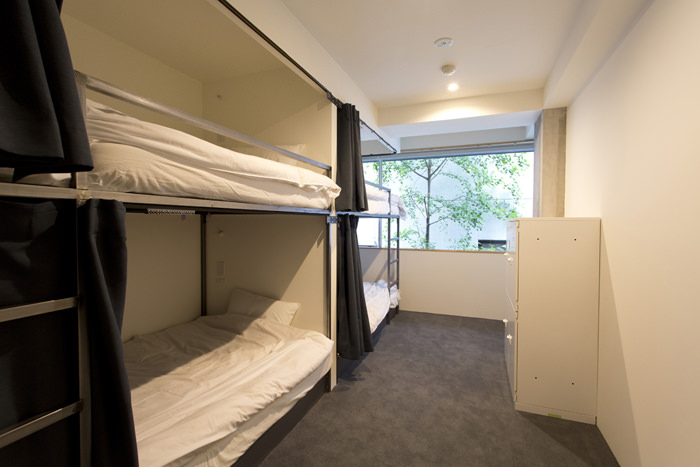
Each morning, a complimentary breakfast is served in the communal kitchen area. Guests are encouraged to wash their dishes after use, fostering a sense of community and responsibility. The showers are private and spacious by Japanese standards, and the modern laundry room is equipped with multiple machines, making it convenient for travelers on extended stays.
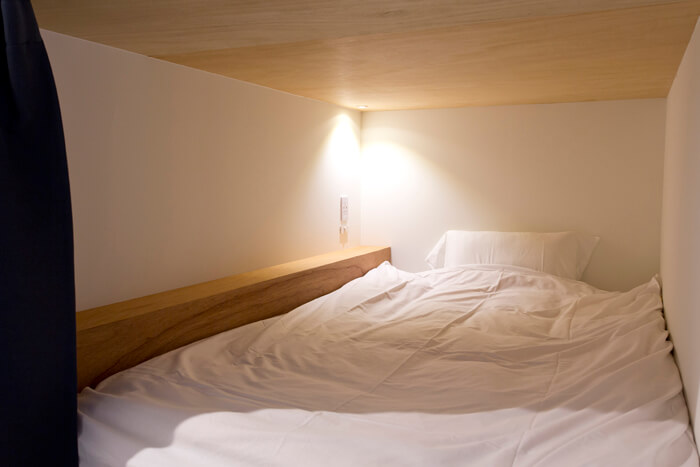
Security is a priority at Piece Hostel Sanjo. Access to each dormitory is restricted to guests staying in that room, and each bunk is equipped with a large locker for valuables. For those traveling by car, there’s a pay-by-the-hour parking lot across the street. If you arrive by train, as we did, renting bicycles is a fantastic way to explore the city.
The staff at Piece Hostel Sanjo are exceptionally helpful, providing directions, highlighting local festivals, and offering bag storage on the day of check-in and checkout, allowing you to enjoy the city without the burden of luggage. In the basement, you’ll find a lounge/bar called Drip & Drop, which serves coffee, beer, and a daily menu of light meals for those evenings when you prefer to stay in.
One of the standout features of Piece Hostel Sanjo is its prime location, placing you within walking distance of several notable attractions:
- Nishiki Market: Often referred to as “Kyoto’s Kitchen,” this vibrant market is a 4-minute walk from the hostel. Here, you can immerse yourself in local culture, sample fresh produce, and enjoy a variety of street food.
- Kyoto International Manga Museum: A 10-minute walk away, this museum is a haven for manga enthusiasts, showcasing a vast collection of manga from different eras and cultures.
- Kyoto Sanjo Shopping Street: Just a short stroll from the hostel, this shopping street offers a mix of modern and traditional shops, cafes, and restaurants, providing a delightful shopping experience.
Additionally, the hostel’s proximity to multiple public transportation options makes it easy to explore other famous sites in Kyoto, such as the Gion District, Kinkaku-ji (Golden Pavilion), and Fushimi Inari Shrine.
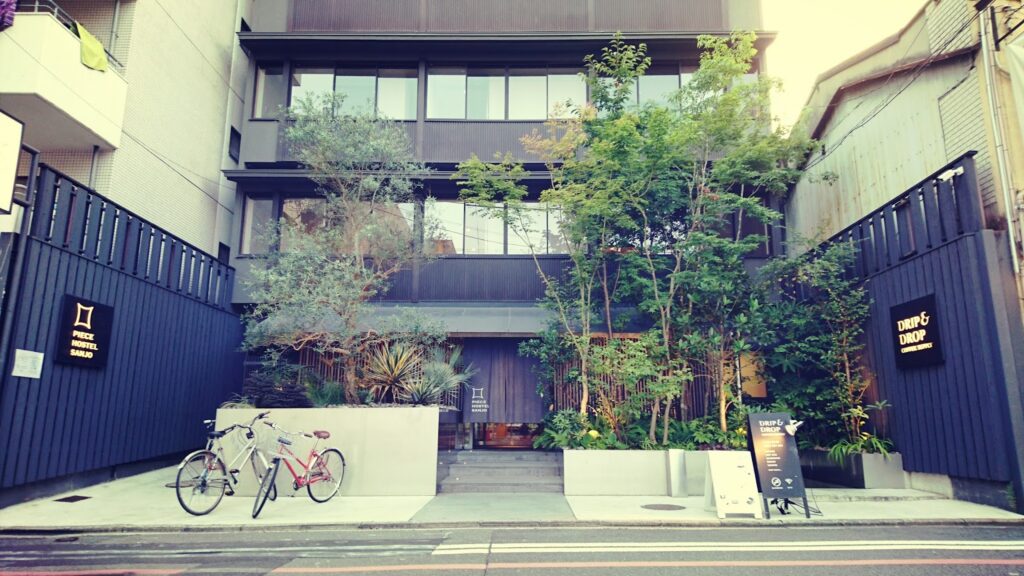
Best Time of Year to Visit Kyoto
Kyoto is a city that offers distinct experiences throughout the year, with each season bringing its own unique charm. Here’s a breakdown to help you decide the best time to book your stay at Piece Hostel Sanjo:
Spring (March to May): Cherry Blossoms and Mild Weather
Spring is one of the most popular times to visit Kyoto, primarily due to the breathtaking cherry blossoms. The city transforms into a sea of pink, with sakura trees blooming in parks, along riverbanks, and around temples. The peak bloom typically occurs in early April. The pleasant temperatures during this period make it ideal for sightseeing. However, it’s also peak tourist season, so expect larger crowds and higher accommodation prices.
Summer (June to August): Festivals and Vibrant Atmosphere
Kyoto’s summer is characterized by high humidity and temperatures. June and July mark the rainy season, with frequent showers that keep the city’s gardens lush and green. Despite the heat, summer hosts some of Kyoto’s most famous festivals. The Gion Matsuri in July is a month-long event featuring parades, traditional music, and elaborate floats. August brings the Gozan no Okuribi (Daimonji), where giant bonfires are lit on mountains surrounding the city, creating a mesmerizing sight.
Autumn (September to November): Fall Foliage and Comfortable Climate
Autumn rivals spring in its allure. From mid-November, Kyoto’s landscapes are adorned with vibrant red and orange hues as the maple trees change color. The crisp, cool air makes it a comfortable time for outdoor activities and temple visits. Popular spots like Arashiyama and Tofuku-ji Temple offer particularly stunning autumn vistas. Similar to spring, this season attracts many visitors, so plan accordingly.
Winter (December to February): Tranquility and Occasional Snow
Winter in Kyoto is cold, with temperatures occasionally dropping below freezing. Snowfall is infrequent but adds a magical touch to the city’s temples and gardens when it occurs. This season sees fewer tourists, providing a more peaceful experience. It’s an excellent time to explore indoor attractions, enjoy hot springs, and savor seasonal cuisine. Visiting during the New Year offers a glimpse into traditional celebrations, but be aware that some businesses may close during this period.
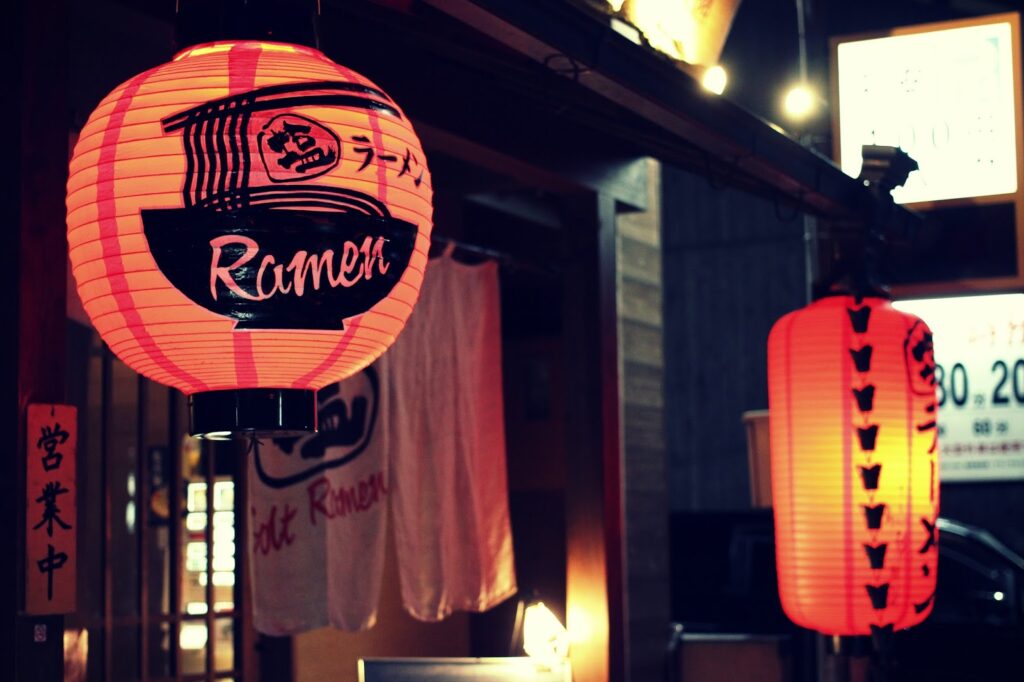
Considerations for Your Trip
- Peak Tourist Seasons: Early April (cherry blossom season) and mid-November (autumn foliage) are peak times. If you prefer fewer crowds, consider visiting during the shoulder seasons or winter months. Expect rates at Piece Hostel Sanjo to be higher during these times of year.
- Weather Variations: Kyoto’s basin geography leads to hot summers and cold winters. Pack accordingly and be prepared for sudden weather changes, especially during the rainy season.
Ultimately, the best time to visit Kyoto depends on your preferences for weather, activities, and crowd levels. Each season offers a unique perspective of this historic cit
Overall, my stay at Piece Hostel Sanjo was exceptional. The combination of modern amenities, friendly staff, and a central location makes it an ideal choice for both solo travelers and groups seeking an affordable yet high-quality stay in Kyoto.
For more information or to book your own stay at Piece Hostel Sanjo, visit their official website.

